The health food market’s darling, chia seeds, has been embraced with enthusiasm for their impressive nutritional profile, promising an array of benefits from weight management to enhanced digestion.
Particularly among females, chia seeds have been integrated into daily routines with the hope of achieving optimal health.
Yet, amidst this widespread acclaim, there exists a side of chia seeds seldom spoken of—their potential side effects on women’s health.
This intro serves as your navigational guide through the chia seed craze, highlighting the importance of understanding both the benefits and the possible adverse reactions.
With a focus on informed choices and holistic well-being, we’ll uncover the side effects that every woman should be aware of, ensuring that the path to health remains as safe as it is nutritious.
How Chia Seeds Became a Superfood
Long before chia seeds adorned the shelves of every health food store and became a staple in smoothie bowls across the globe, they were a modest ingredient, quietly waiting in the wings.
Originating from the deserts of Mexico, these seeds were once the unsung heroes of the Aztec and Mayan diets, revered not only for their ability to sustain but also for their medicinal properties.
Fast forward to the 21st century, and chia seeds have undergone a renaissance, transforming from ancient sustenance to modern-day superfood.
The metamorphosis of chia seeds into a nutritional celebrity did not happen overnight. It began with whispers among nutritionists and wellness bloggers who were seeking the next undiscovered treasure in the world of health food.
They touted chia seeds’ remarkable nutrient profile—rich in fiber, packed with omega-3 fatty acids, and brimming with protein, all encased in a tiny, versatile shell.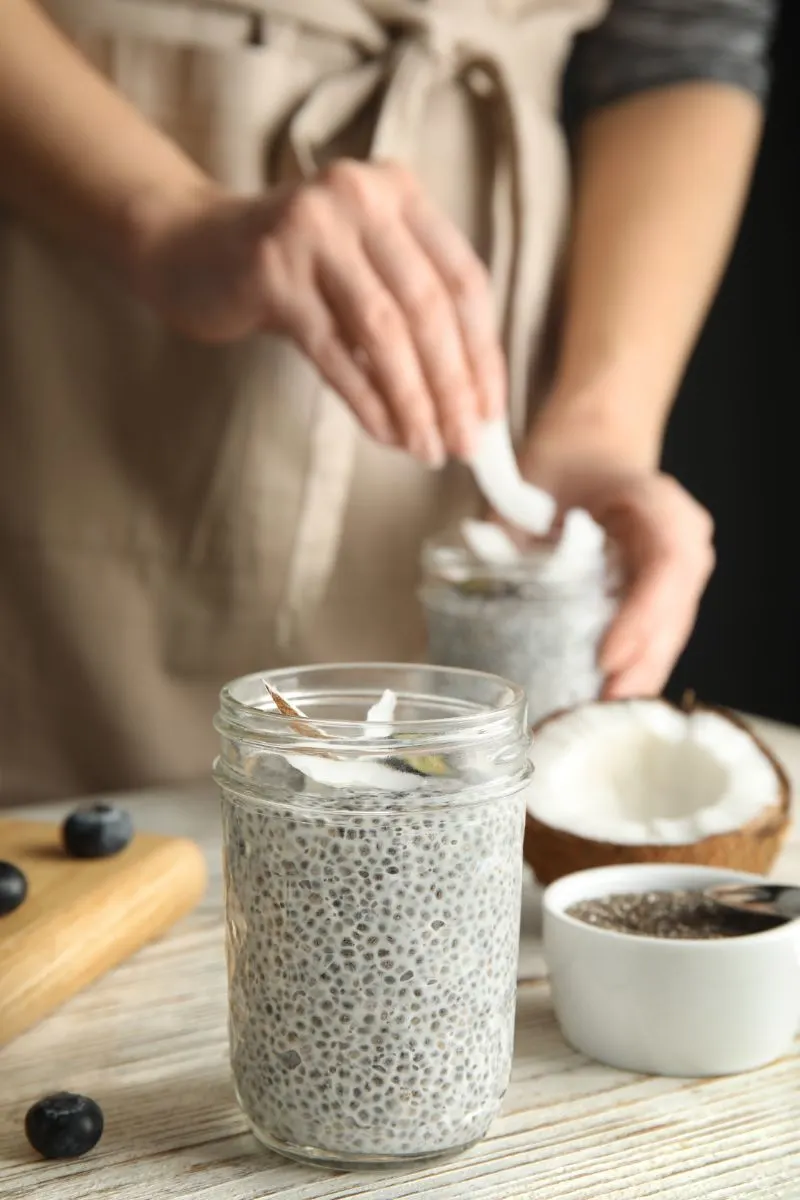
These endorsements were not without merit; on paper, chia seeds appeared to be the panacea we had all been searching for, a natural solution to a myriad of health concerns ranging from digestive health to cardiovascular well-being.
However, the story of how chia seeds became a superfood is as much about our societal inclinations as it is about the seeds themselves. In our quest for wellness, we often seek out singular solutions—a magic bullet that can address multiple health concerns simultaneously.
Chia seeds fit this bill perfectly.
They were exotic enough to pique interest, yet benign enough to be incorporated into any diet.
The narrative around chia seeds was compelling; here was a food that could, purportedly, do it all.
It wasn’t long before chia seeds were making appearances everywhere, from the pages of health magazines to the menus of trendy cafes.
The rise of social media played a pivotal role in catapulting chia seeds to superfood stardom.
Instagram feeds filled with vibrant images of chia seed puddings and aesthetically pleasing smoothies adorned with these tiny, speckled seeds.
Each post served not just as a testament to chia seeds’ versatility in the kitchen but also as a badge of health-conscious living.
The message was clear: to be healthy, one must simply sprinkle some chia seeds onto their meals.
Digestive Dialogues: A Balancing Act
Sarah’s journey into the world of chia seeds began like many others—on a bright note of enthusiasm and the promise of improved health.
Inspired by countless articles and testimonials touting the digestive benefits of these tiny, nutrient-packed seeds, she was eager to weave them into her daily diet.
The allure was undeniable; a natural source of fiber that could potentially streamline digestion, promote regularity, and contribute to overall gut health. However, Sarah quickly discovered that the path to digestive harmony with chia seeds was more intricate than she had initially envisioned.
The first few days of her chia seed experiment seemed promising.
She sprinkled them over her morning yogurt and blended them into her post-workout smoothies, delighted by their subtle nutty flavor and the added texture they provided. But as the days progressed, Sarah noticed an unexpected guest arriving uninvited—bloating.
This was soon followed by a symphony of gas and discomfort, far from the digestive bliss she had imagined.
It was at this juncture that Sarah donned her detective hat, determined to understand the root of her digestive woes. She knew that chia seeds were high in fiber—a fact she had celebrated—but began to wonder if there was such a thing as too much of a good thing.
Delving into the science of fiber intake, Sarah learned that while fiber is essential for healthy digestion, an abrupt increase in its consumption can overwhelm the digestive system.
This was her lightbulb moment. Sarah’s rapid incorporation of chia seeds had skyrocketed her fiber intake overnight, and her body was sounding the alarms.
But our intrepid detective wasn’t deterred. Instead, she turned her focus to unraveling how she could still enjoy the benefits of chia seeds without the discomfort.
The answer lay in two key allies: moderation and hydration.
Sarah discovered that gradually increasing her intake of chia seeds allowed her body to adjust to the additional fiber.
She started with just a teaspoon of chia seeds, slowly working her way up over several weeks, which significantly mitigated the bloating and discomfort.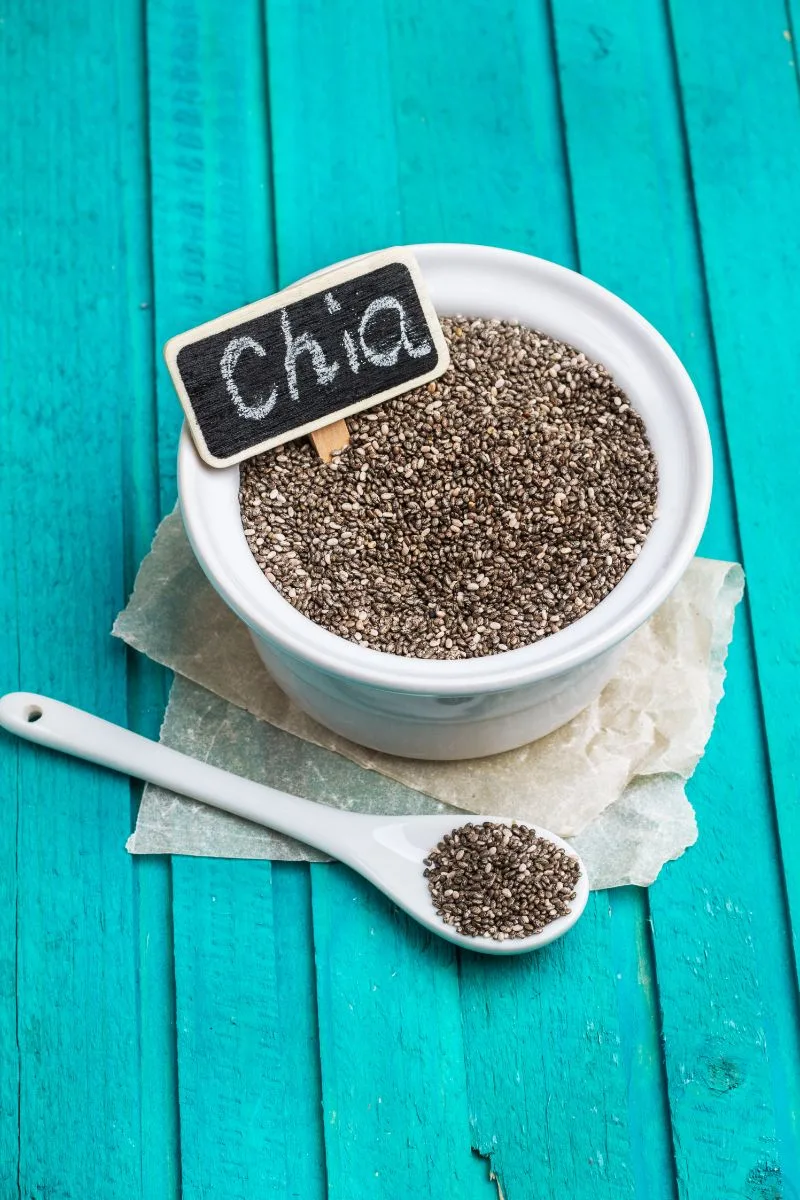
Hydration emerged as the other crucial piece of the puzzle. Chia seeds are known for their incredible ability to absorb water—up to 12 times their weight.
Sarah realized that without sufficient water intake, the expanded seeds could contribute to blockages and discomfort within the digestive tract. Thus, she made a concerted effort to increase her water consumption, aiming for at least eight glasses a day, especially after consuming chia seeds.
This not only helped in easing the fiber’s passage through her system but also enhanced the seeds’ gelatinous property, which can aid in smoother digestion.
Omega-3 and Hormonal Harmony
The allure of chia seeds in the pursuit of hormonal harmony lies within their rich omega-3 fatty acid content.
These essential fats, particularly alpha-linolenic acid (ALA) found in chia seeds, have been spotlighted for their potential to act as a keystone in the intricate architecture of female hormonal balance.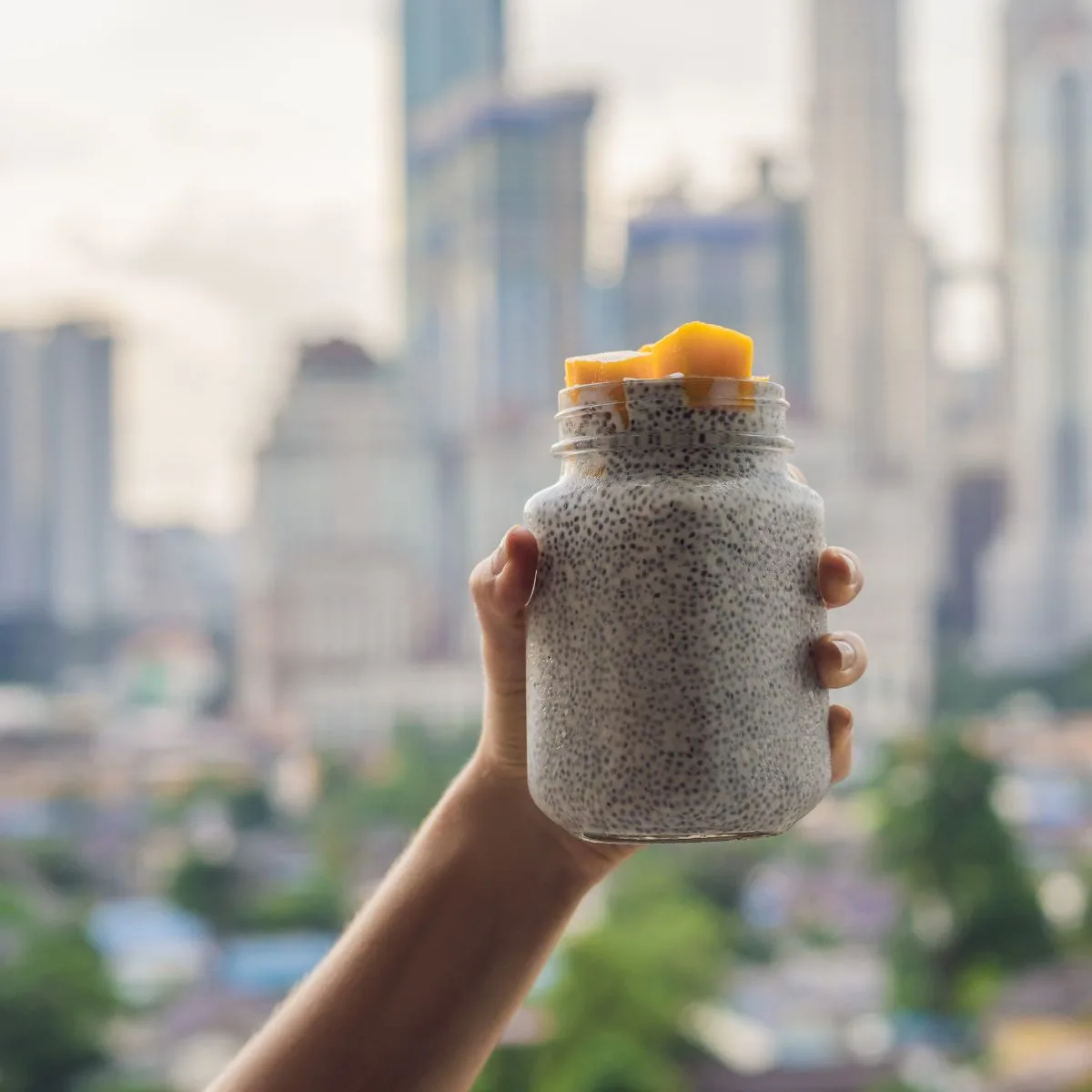
The interplay between omega-3 fatty acids and the endocrine system is a dance of delicate intricacies, one that science has begun to explore with increasing interest and sophistication.
Omega-3 fatty acids are celebrated for their anti-inflammatory properties, which play a pivotal role in mitigating conditions often exacerbated by hormonal imbalances, such as premenstrual syndrome (PMS), menstrual pain, and menopause-related symptoms.
The mechanism behind this relief is twofold. Firstly, omega-3s influence the production of eicosanoids, compounds that significantly impact inflammation pathways.
By skewing the production towards less inflammatory eicosanoids, omega-3s help reduce the systemic inflammation that can worsen hormonal symptoms.
Secondly, these fatty acids have been shown to affect cell membrane fluidity, influencing receptor sites related to hormone signaling.
This can alter how hormones like estrogen bind to their receptors, potentially moderating hormonal fluctuations and contributing to a more balanced endocrine system.
The relationship between omega-3s and estrogen—a key hormone in the female body—is particularly fascinating. Estrogen plays a crucial role in regulating various bodily functions, from reproductive health to bone density and even mood regulation.
Emerging research suggests that omega-3 fatty acids may encourage a more favorable estrogen metabolism, leading to the production of less potent forms of estrogen, which is beneficial for reducing the risk of hormone-related conditions.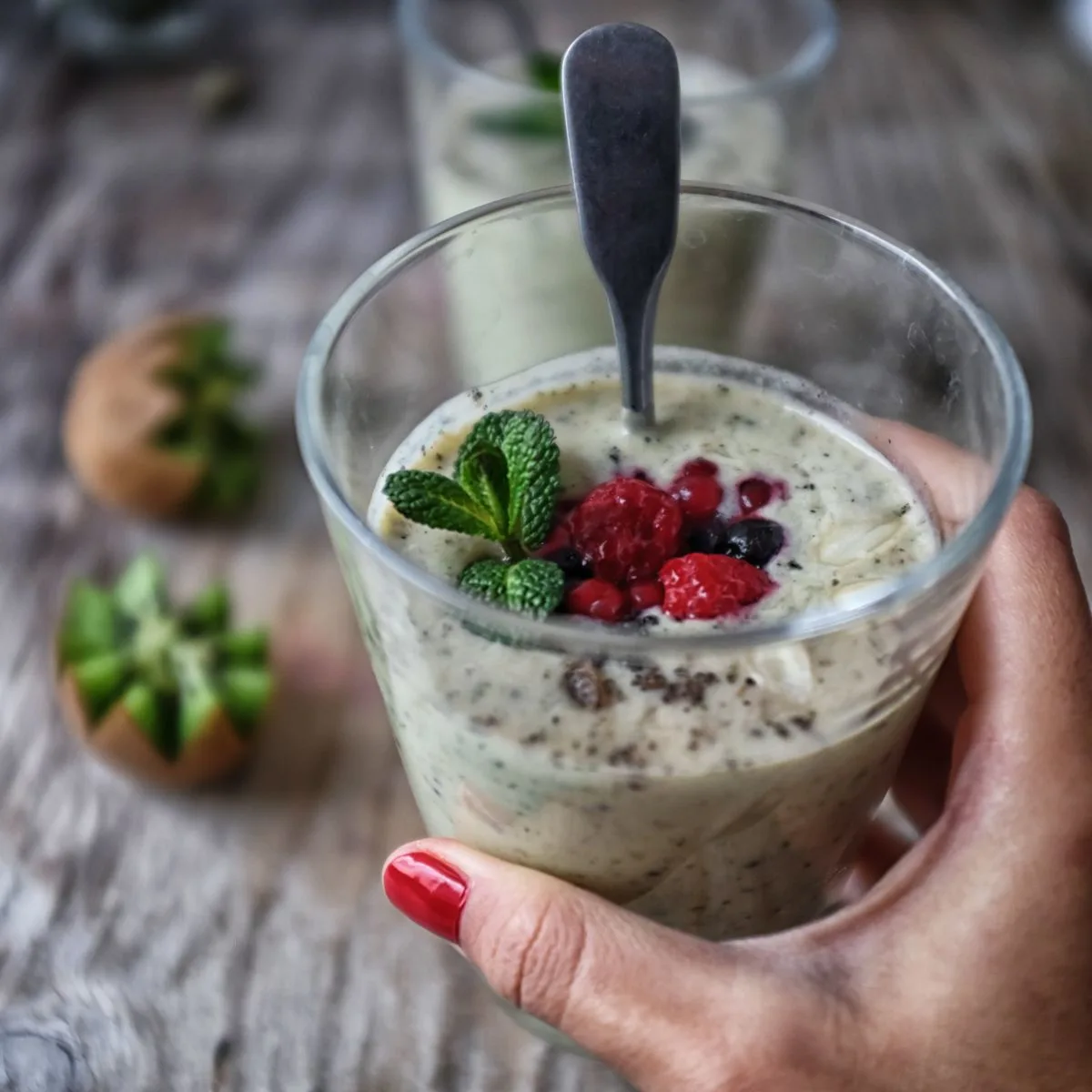
Additionally, the role of omega-3 fatty acids extends into the realm of mental health, particularly in relation to hormonal fluctuations.
The anti-inflammatory effects of omega-3s have been linked to reduced symptoms of depression and anxiety, which can be exacerbated by hormonal imbalances. This connection underscores the holistic impact of diet on our hormonal and emotional well-being.
However, it’s important to approach the narrative of omega-3s and hormonal health with a thread of optimism tempered by realism. While the science is promising, it’s also complex and far from conclusive.
The human body is a tapestry of interwoven systems, and pinpointing the exact effect of a single nutrient on something as multifaceted as hormonal balance requires more research.
Experts in the field urge a balanced diet approach, where chia seeds and other omega-3-rich foods are part of a varied and nutritious diet rather than seen as a standalone solution.
Weighty Matters: The Scale’s Story
At the heart of chia seeds’ claim to weight management fame is their high fiber content.
Fiber is a critical element in feeling satiated; it expands in the stomach, slows down the absorption of food, and can lead to a reduced overall calorie intake.
Chia seeds, with their unique ability to absorb up to 12 times their weight in water, forming a gel-like substance, amplify this effect.
This property not only prolongs the sensation of fullness but also moderates the spike in blood sugar levels post-meals, a factor linked to hunger and energy dips.
Scientific studies have lent credence to these effects, suggesting that a diet rich in high-fiber foods like chia seeds can be beneficial in weight management.
However, the scale’s story reveals more than just the benefits of feeling fuller for longer.
Real-life experiences and further scientific scrutiny highlight the importance of mindful eating and overall dietary patterns in leveraging the weight management potential of chia seeds.
Simply incorporating chia seeds into one’s diet without consideration of total caloric intake and nutritional balance may not yield the desired outcomes on the scale. Some individuals, buoyed by the superfood status of chia seeds, may inadvertently consume them in excess, overlooking the fact that chia seeds are calorie-dense—with about 138 calories per ounce.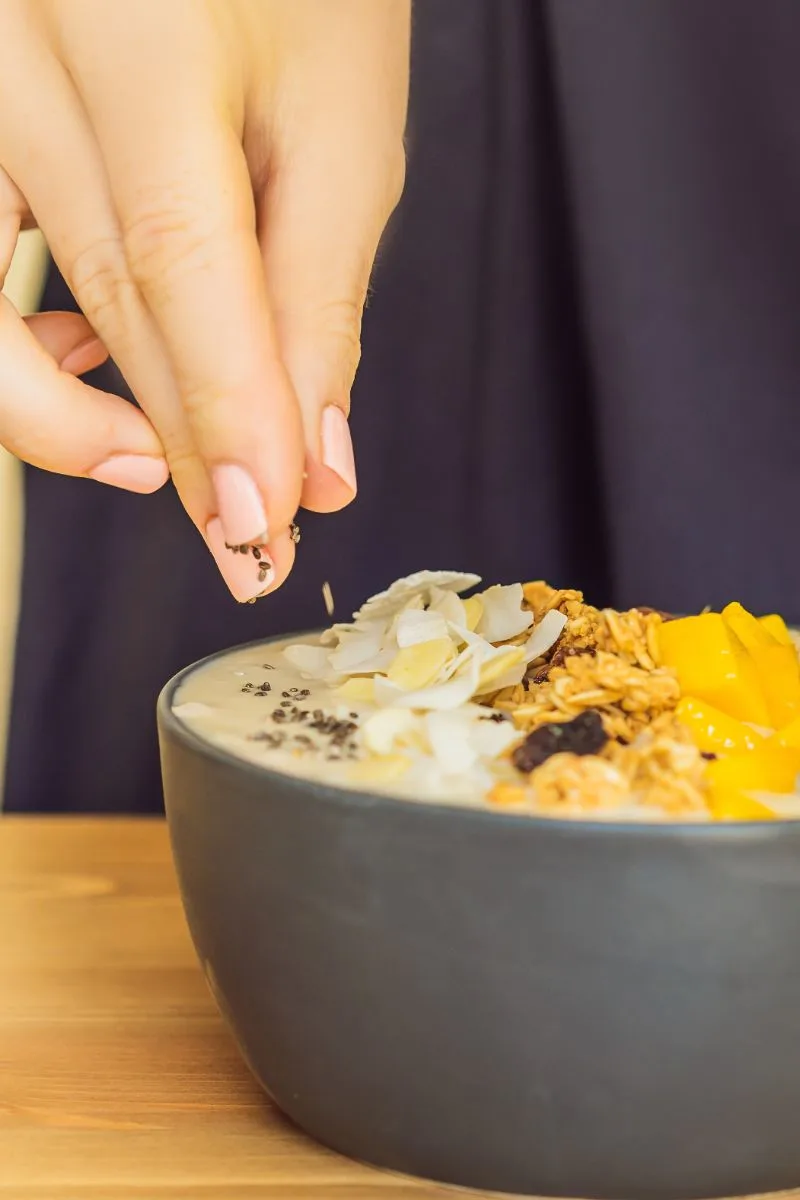
The effectiveness of chia seeds in weight management also underscores the significance of individual physiological responses and lifestyle factors.
For some, the addition of chia seeds to their diet acts as a catalyst for healthier choices, encouraging a shift towards more nutrient-dense, whole-foods-based eating patterns.
For others, the expected impact on weight may be minimal, pointing to the necessity of a holistic approach to weight loss that includes regular physical activity, adequate hydration, and stress management.
Emerging research invites further exploration into the long-term effects of chia seeds on weight management.
Studies that extend beyond the immediate feeling of fullness to examine metabolic changes, fat loss, and muscle retention offer a promising avenue for understanding how chia seeds can be most effectively utilized as part of a weight management strategy.
In weaving together the multifaceted role of chia seeds in weight management, it becomes clear that they are not a magic bullet but rather a valuable tool within a broader, more comprehensive approach to health and well-being.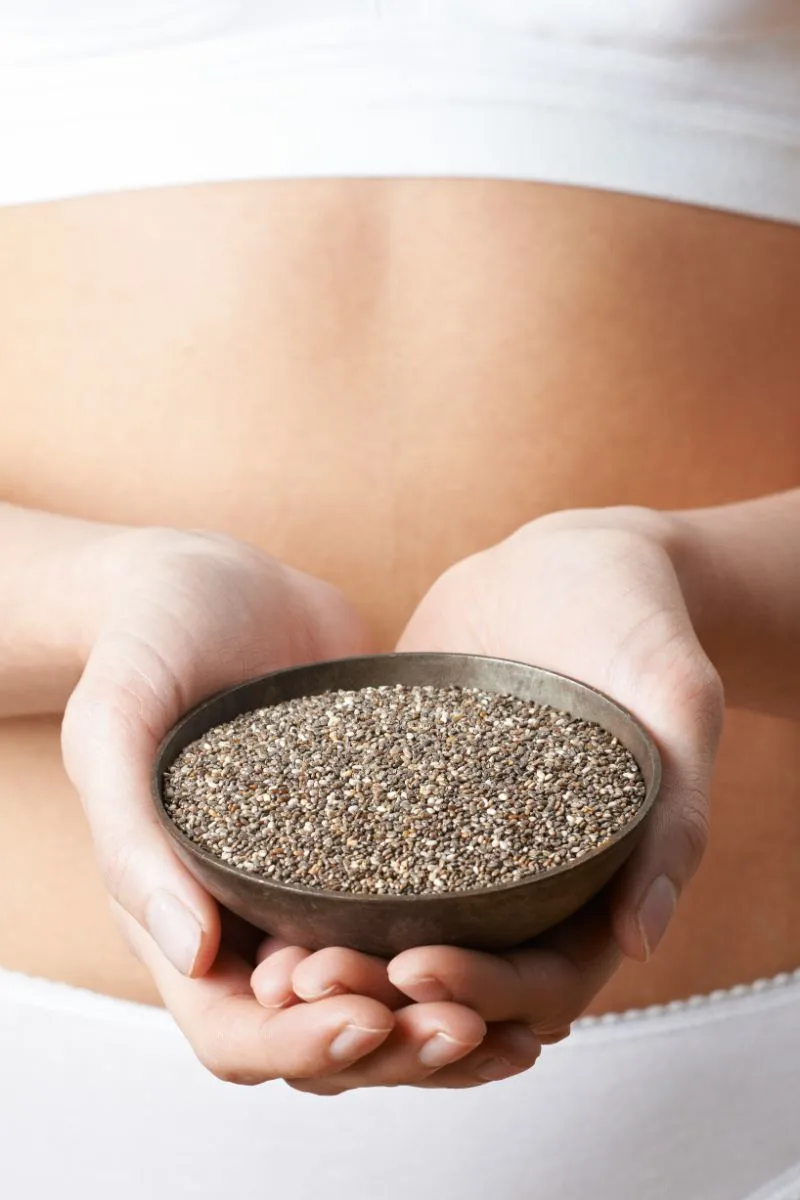
The true measure of their effectiveness lies not in the isolated act of adding them to meals but in their integration into a mindful, balanced dietary pattern.
The scale’s story, enriched by scientific evidence and real-world experiences, narrates a tale of potential and moderation, challenging us to look beyond the seeds themselves to the larger tapestry of lifestyle choices that contribute to healthy weight management.
Hydration Station: The Importance of Water
In nutrition and wellness, the emphasis on hydration cannot be overstated, particularly when incorporating fiber-rich foods like chia seeds into one’s diet.
The adage “with great fiber comes great responsibility” aptly applies here, underscoring the symbiotic relationship between fiber intake and water consumption.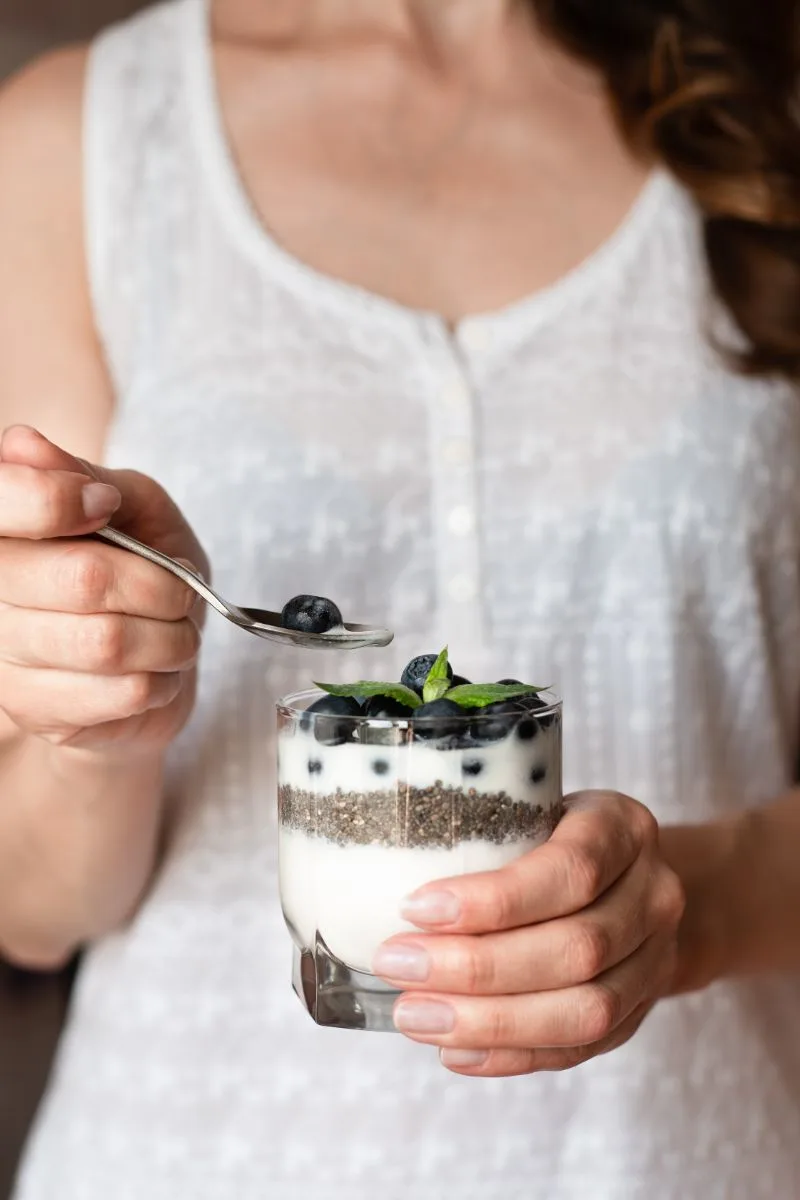
This connection is not merely a suggestion but a necessity for harnessing the full potential of chia seeds while avoiding any digestive discomfort that may arise from their misuse.
Chia seeds, renowned for their remarkable ability to absorb water—up to twelve times their weight—act like sponges in the digestive system.
This unique characteristic, while beneficial for creating a feeling of fullness and slowing down digestion, also necessitates an increase in water intake.
Without ample hydration, the expanded chia seeds can become difficult to move through the digestive tract, potentially leading to blockages or discomfort. Hence, integrating chia seeds into your diet calls for a parallel commitment to keeping well-hydrated, ensuring that these tiny seeds can glide smoothly through your system, contributing positively to digestive health.
The exploration of hydration’s role doesn’t stop at preventing discomfort; it extends into enhancing the nutritional benefits of chia seeds.
Proper hydration aids in the optimal absorption of the nutrients that chia seeds have to offer, including omega-3 fatty acids, minerals, and vitamins.
Water serves as the vehicle that transports these nutrients throughout the body, facilitating their uptake by cells and maximizing their impact on health and wellbeing.
But how does one strike the perfect balance between chia seed consumption and hydration? The key lies in mindfulness and attentiveness to one’s body.
Starting with a moderate intake of chia seeds, especially for those new to incorporating them into their diet, is advisable.
Pairing this with consistent water intake throughout the day—before, during, and after consuming chia seeds—can create an environment where the seeds’ fibrous benefits are maximized without the risk of gastrointestinal distress.
It’s also worth noting the creative ways in which one can meet their hydration needs while enjoying chia seeds. Infusing water with chia seeds to create a hydrating, nutrient-packed drink is an excellent method for those looking to kill two birds with one stone.
Not only does this ensure adequate fluid intake, but it also makes for a refreshing and healthful beverage option. Similarly, incorporating chia seeds into smoothies, which often include other hydrating ingredients like fruits and vegetables, can further contribute to one’s daily water intake.
In traversing the hydration station, it becomes clear that the importance of water in the context of chia seed consumption is not just a matter of digestion but a holistic consideration for overall health.
The engagement between hydration and chia seeds embodies a partnership, one in which water acts not just as a mere necessity but as a catalyst, enhancing the myriad benefits that chia seeds have to offer.
By prioritizing hydration alongside chia seed intake, we unlock the door to experiencing the full spectrum of advantages this superfood brings, all the while navigating the journey to wellness with ease and comfort.
Is Shrimp Good For Acid Reflux?
